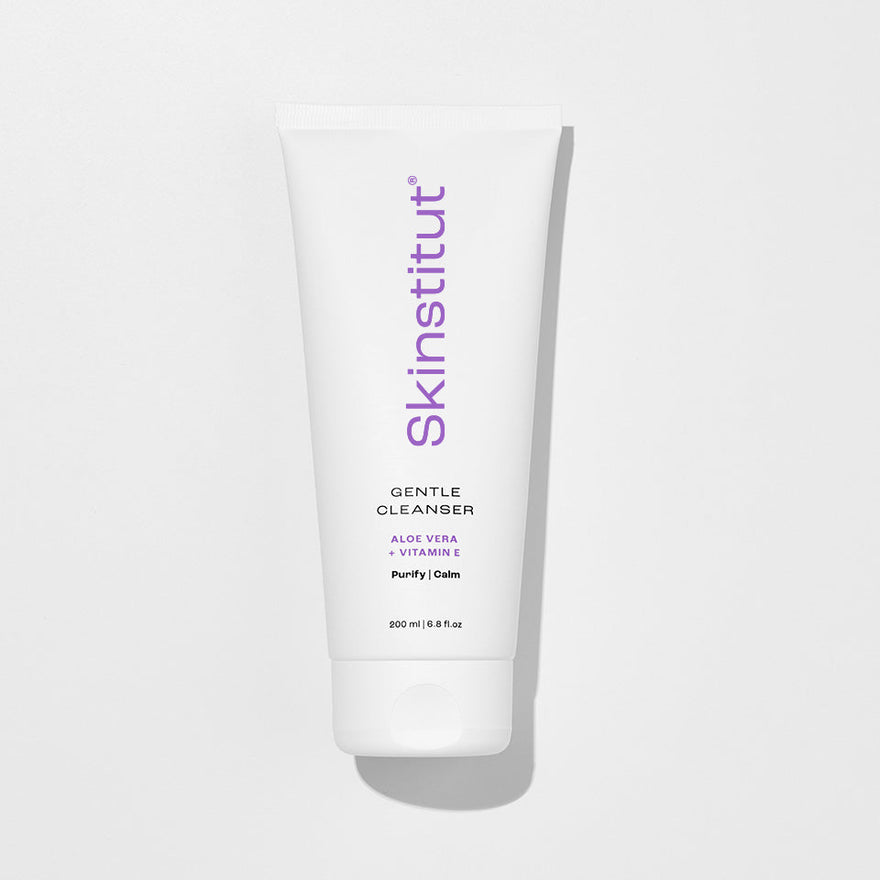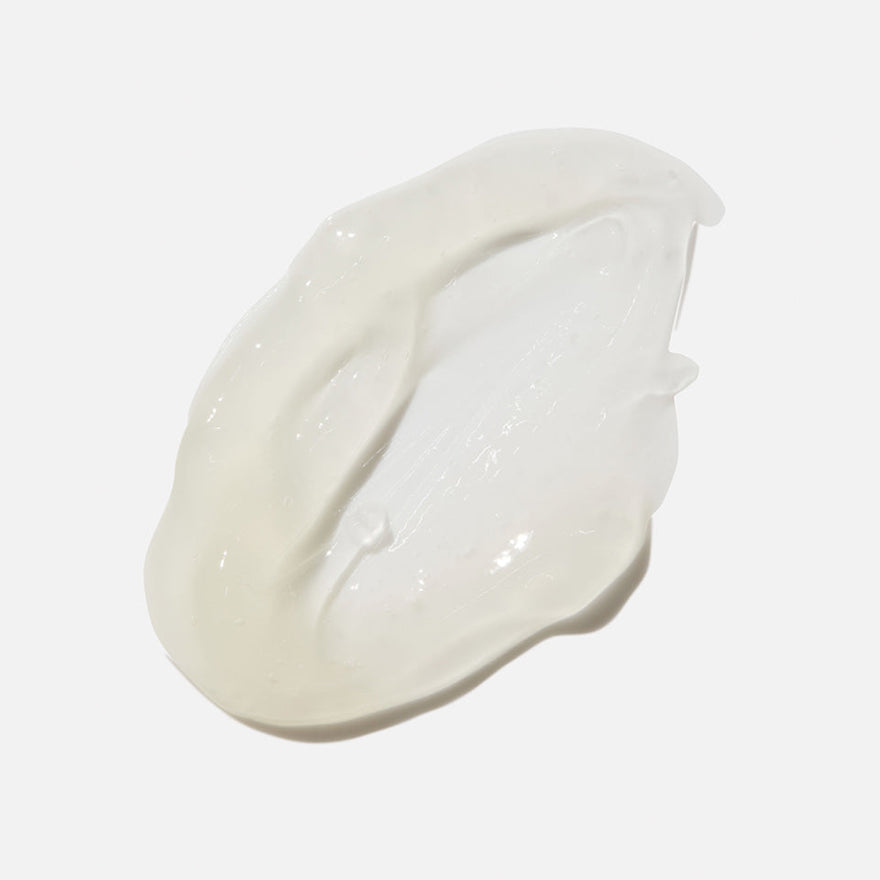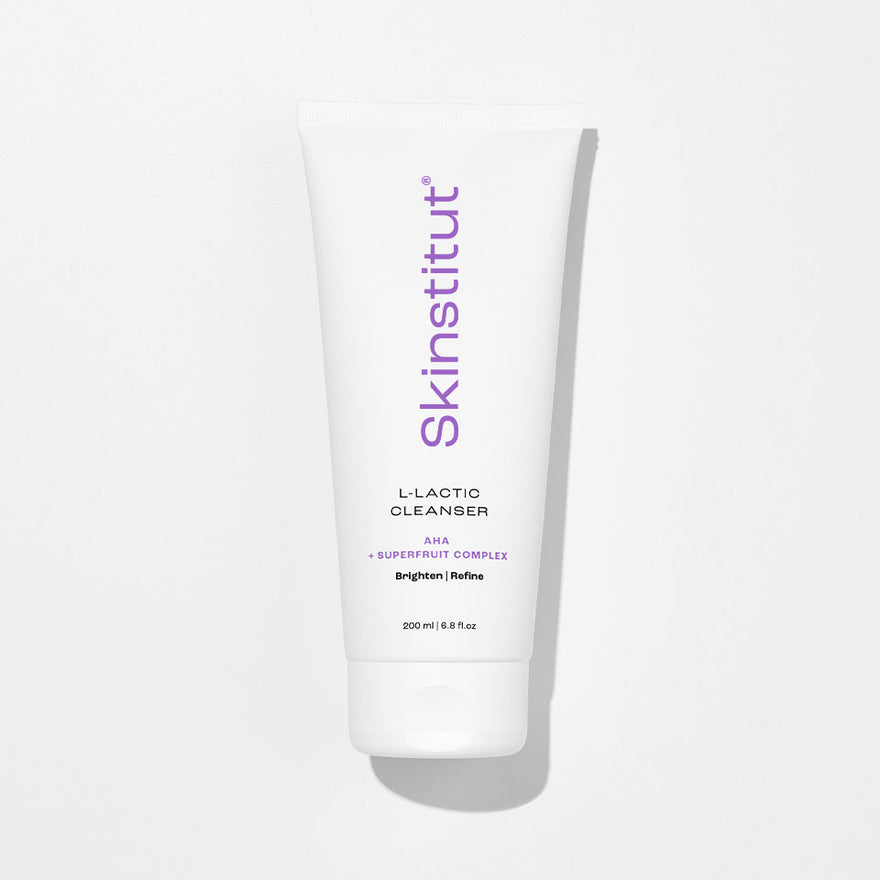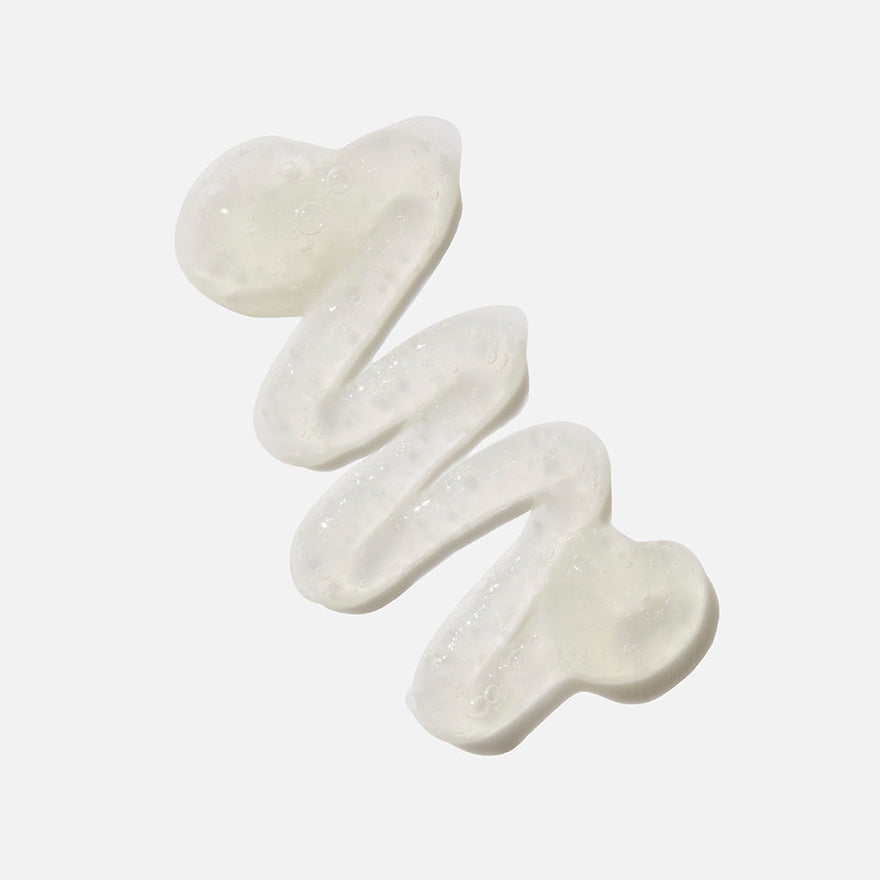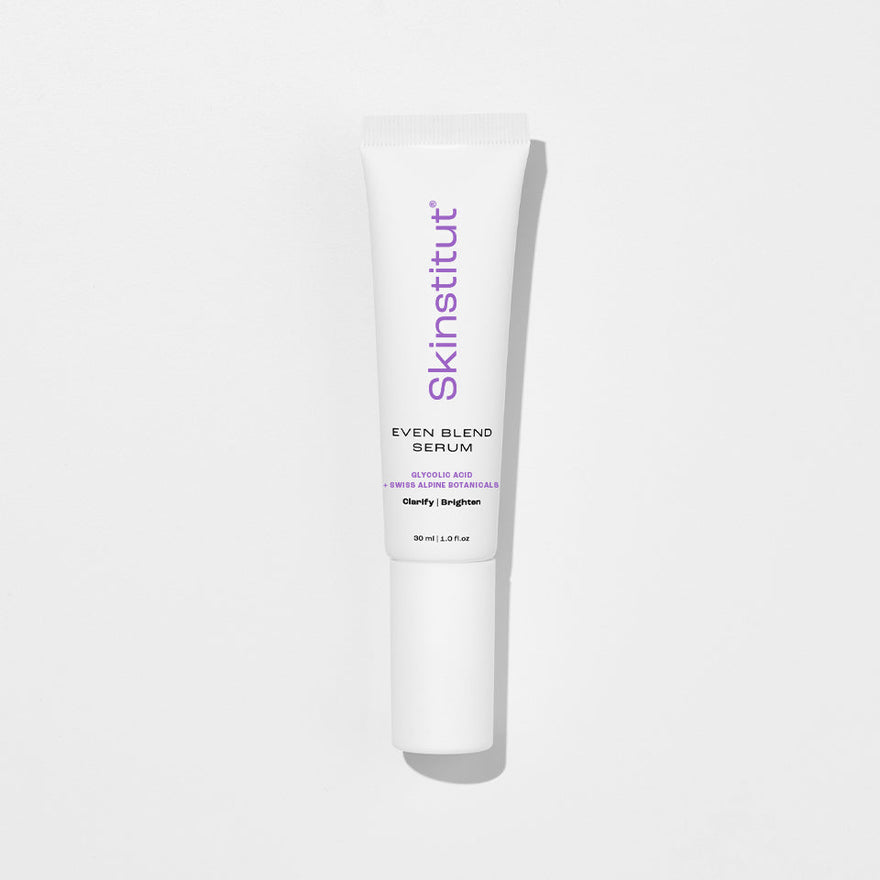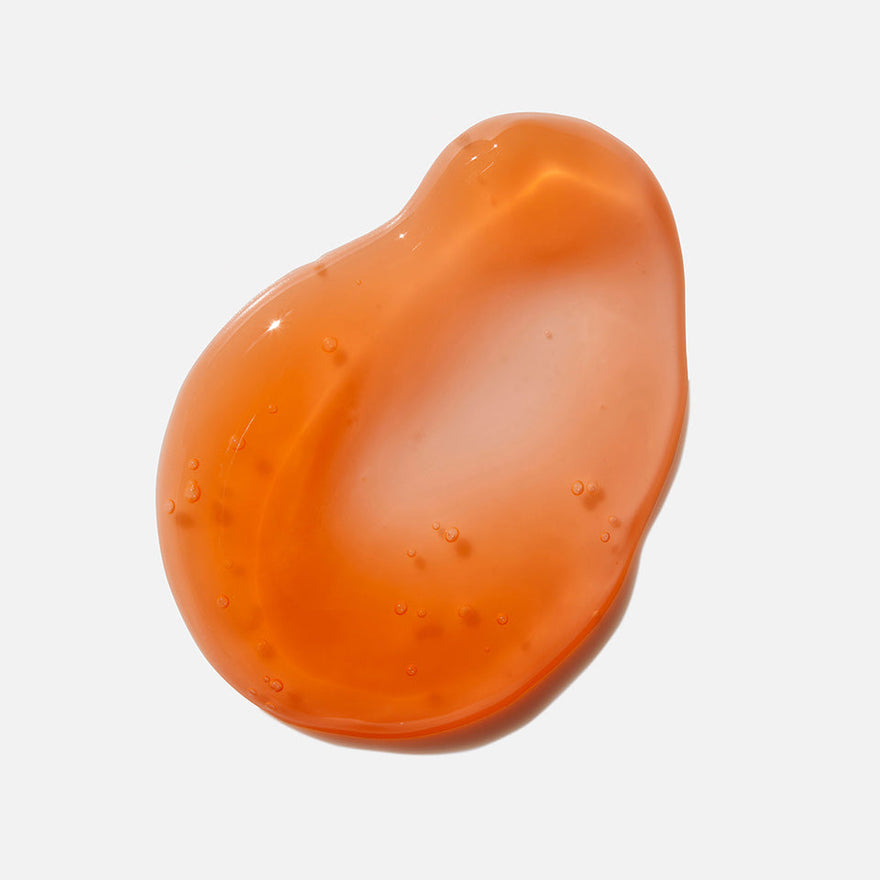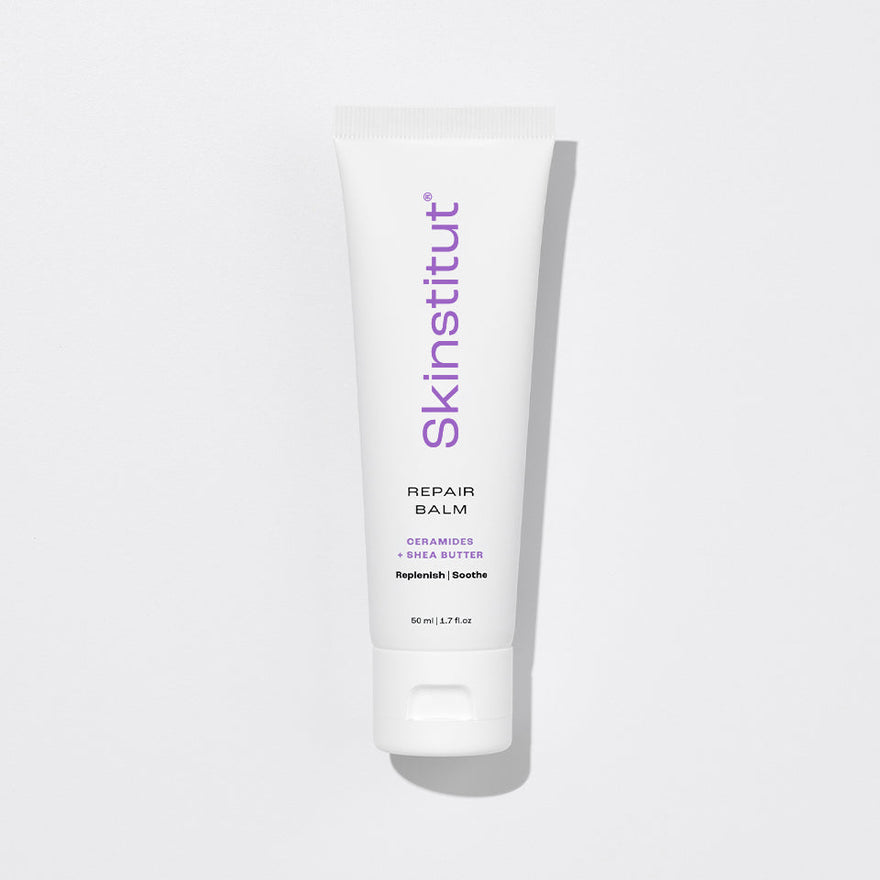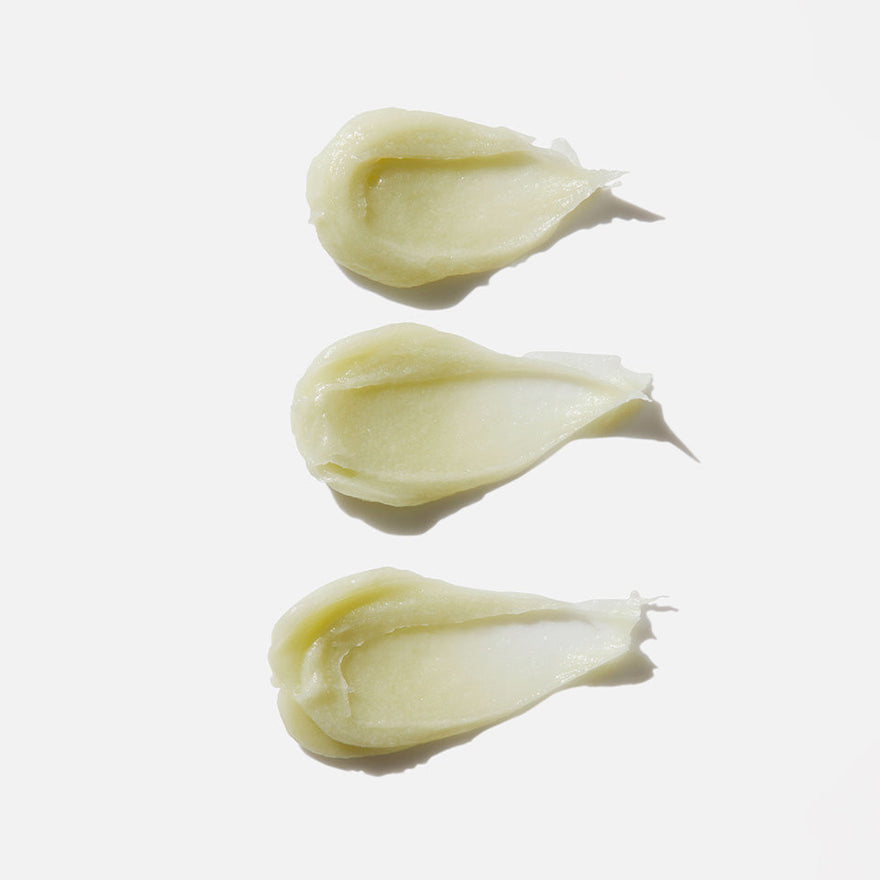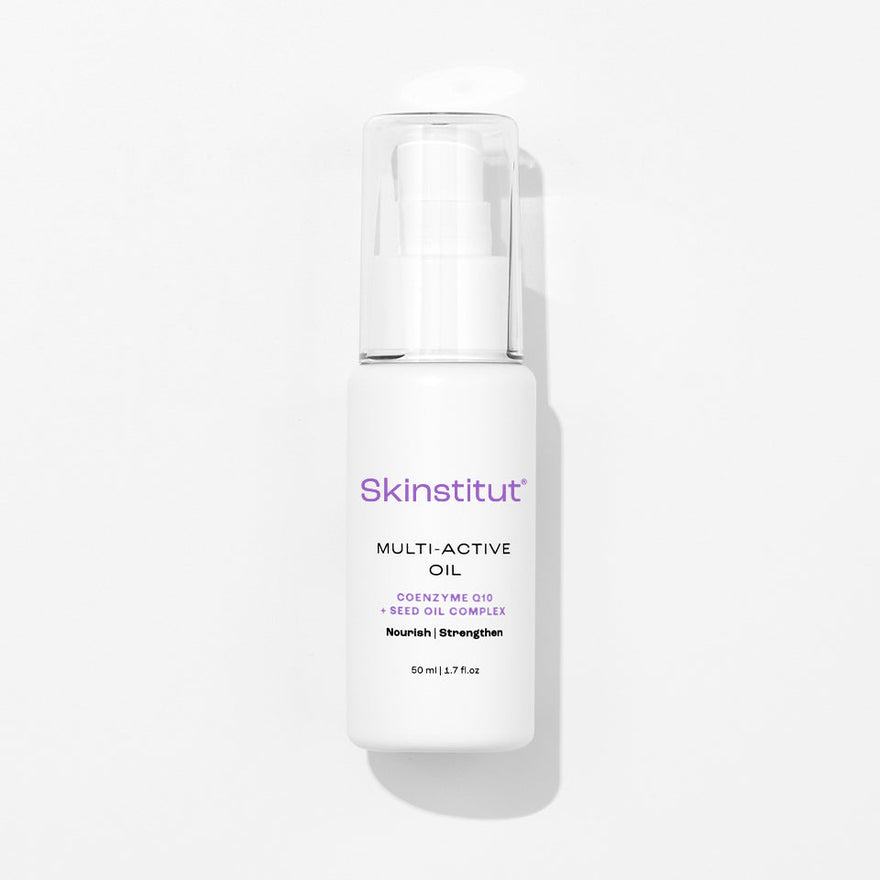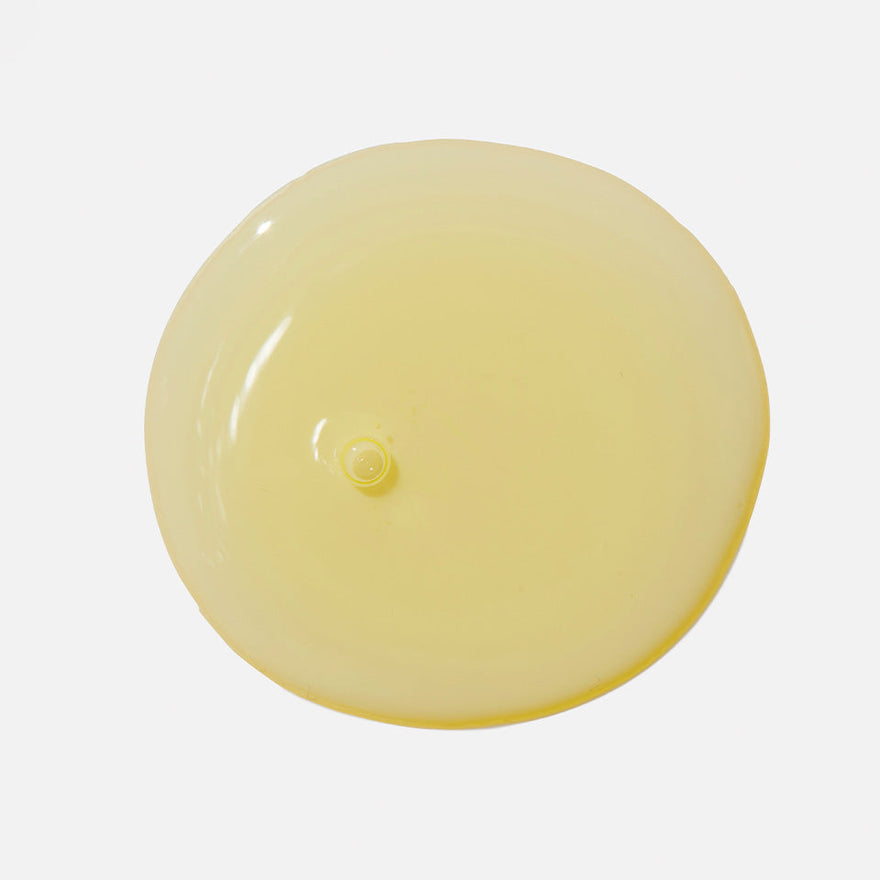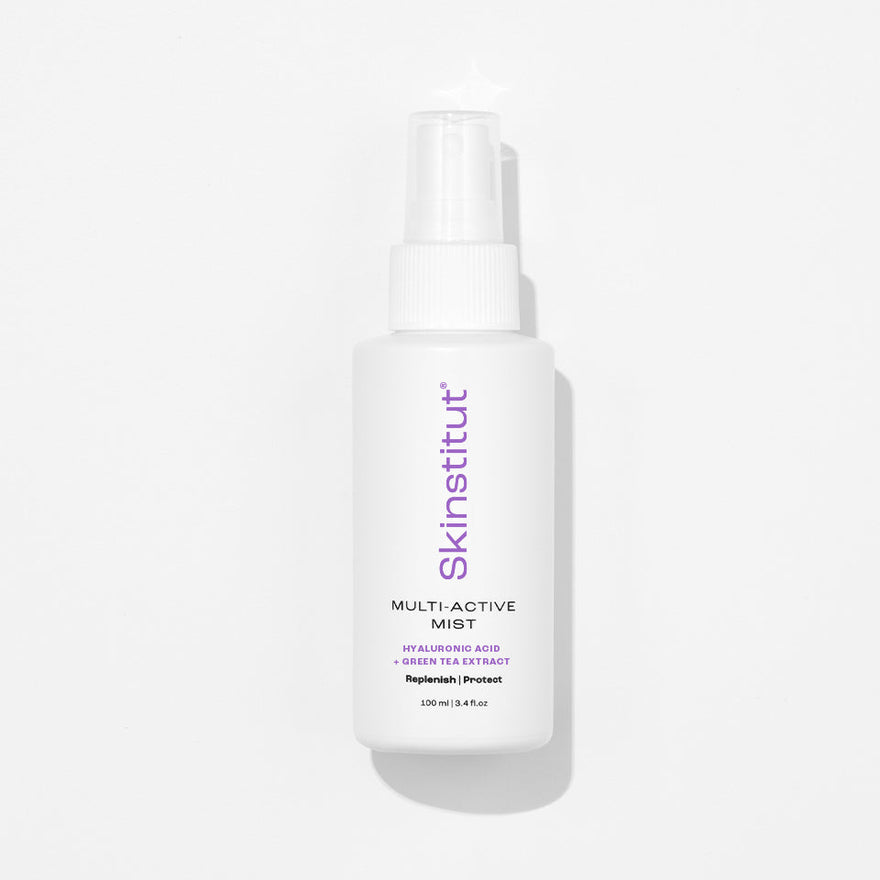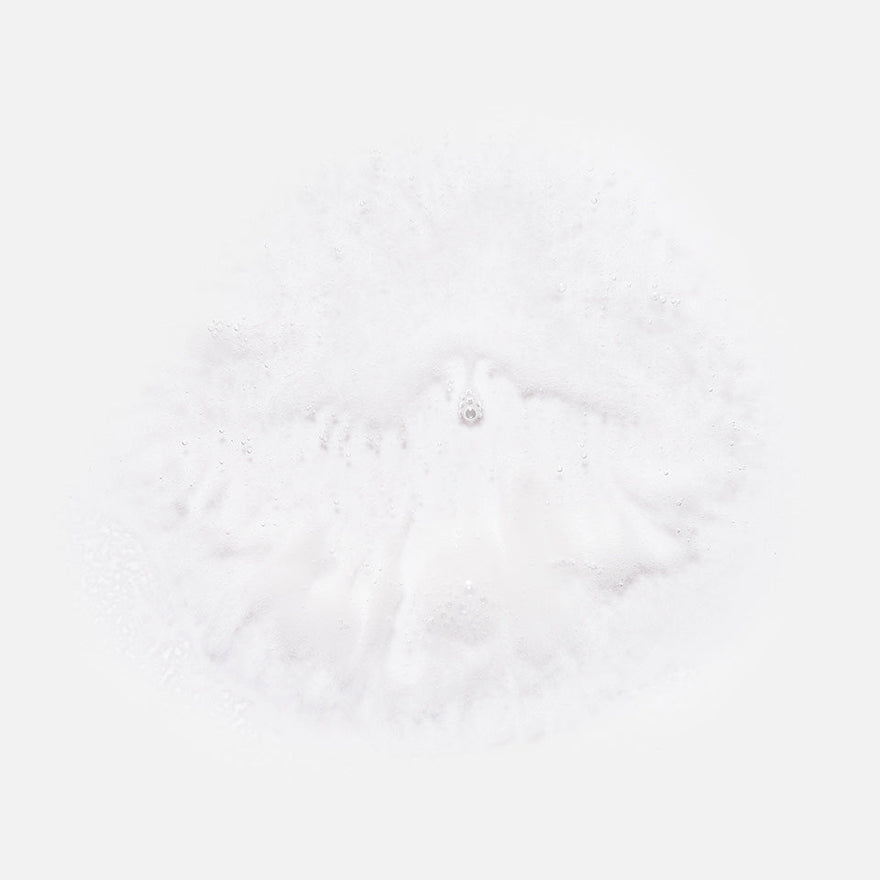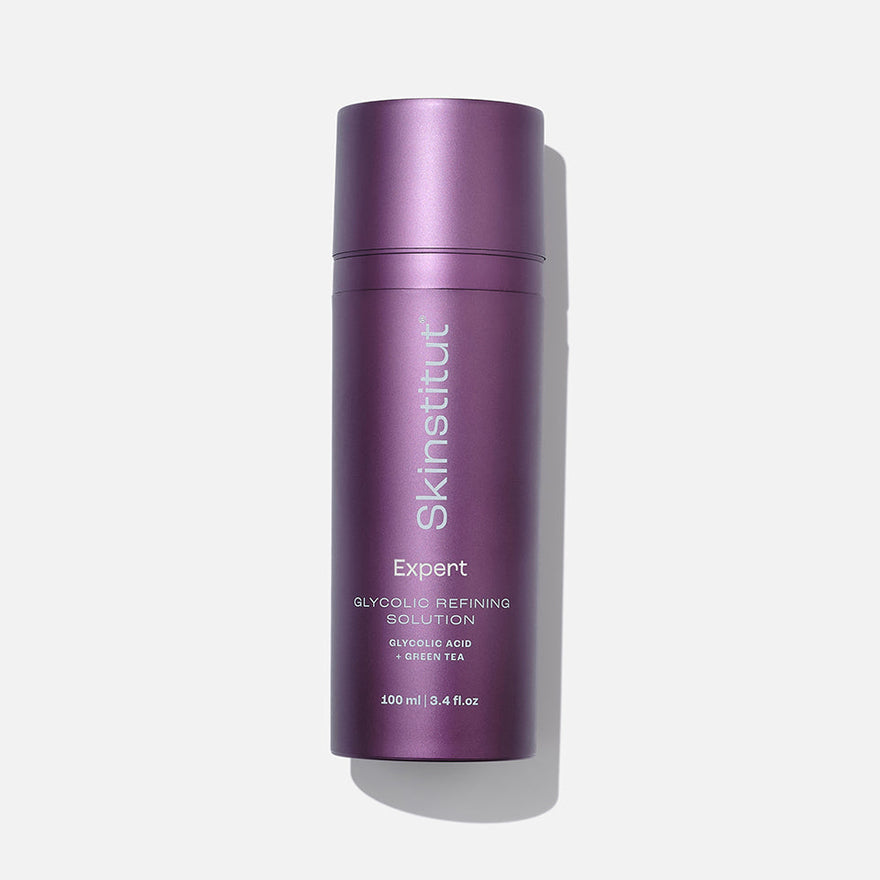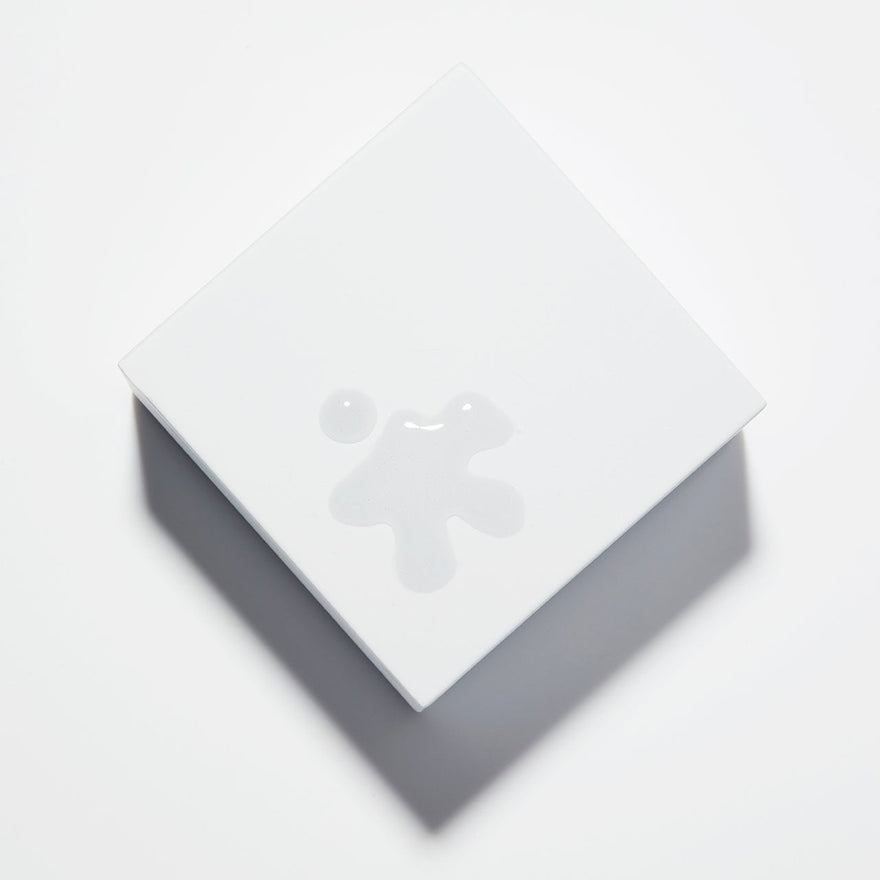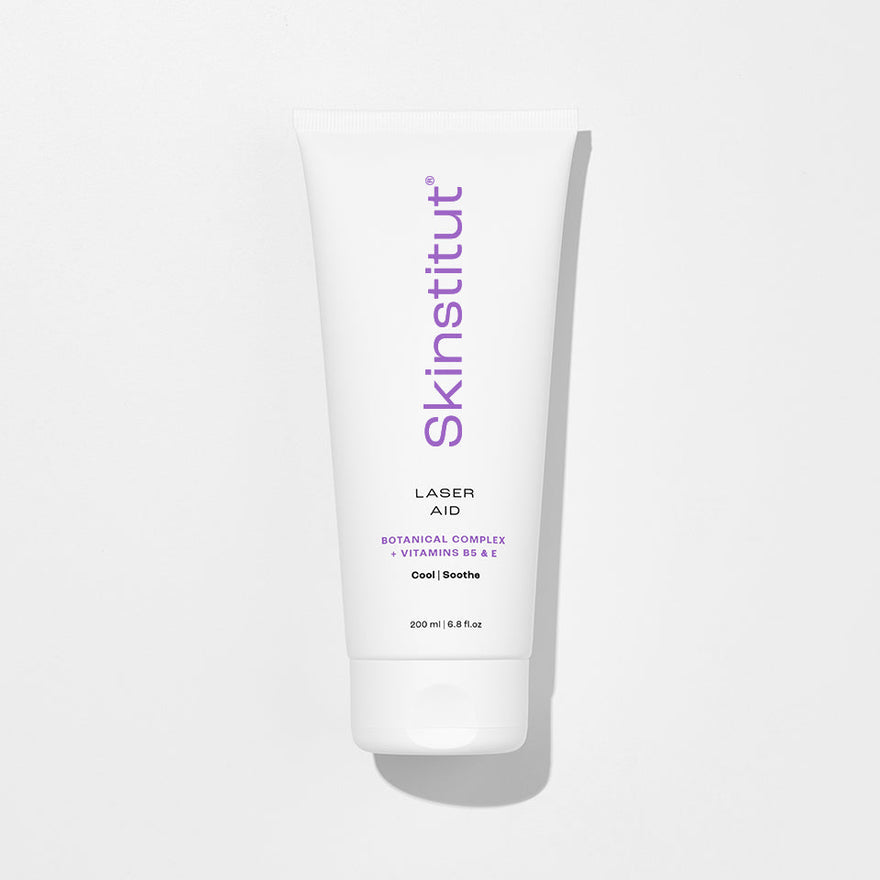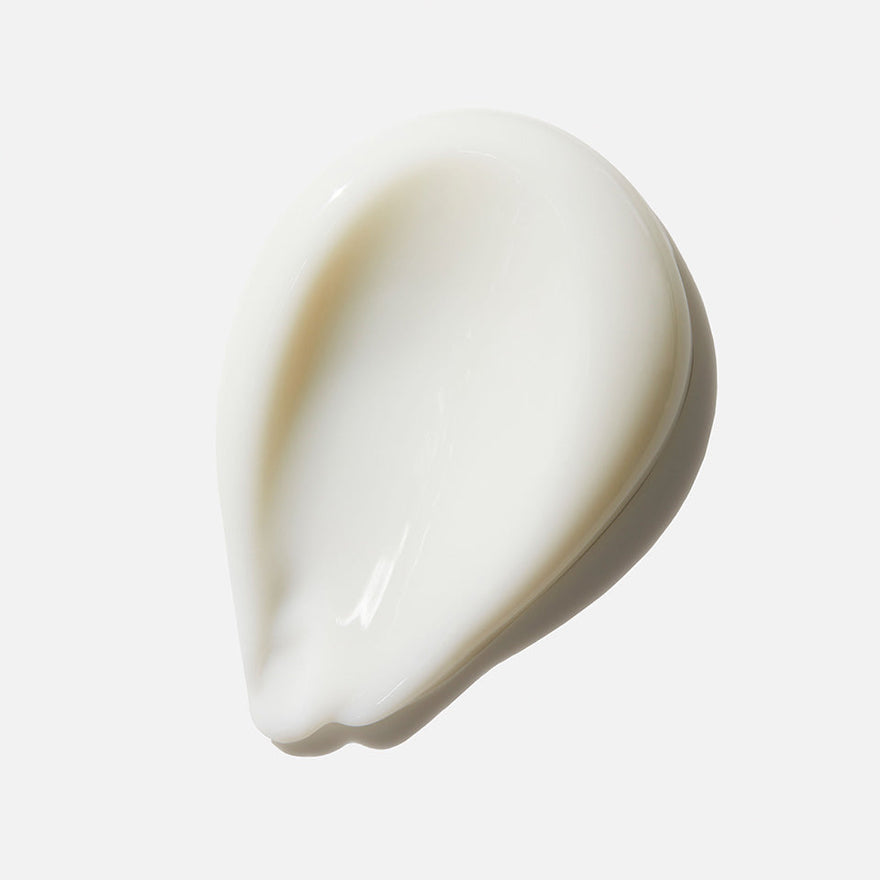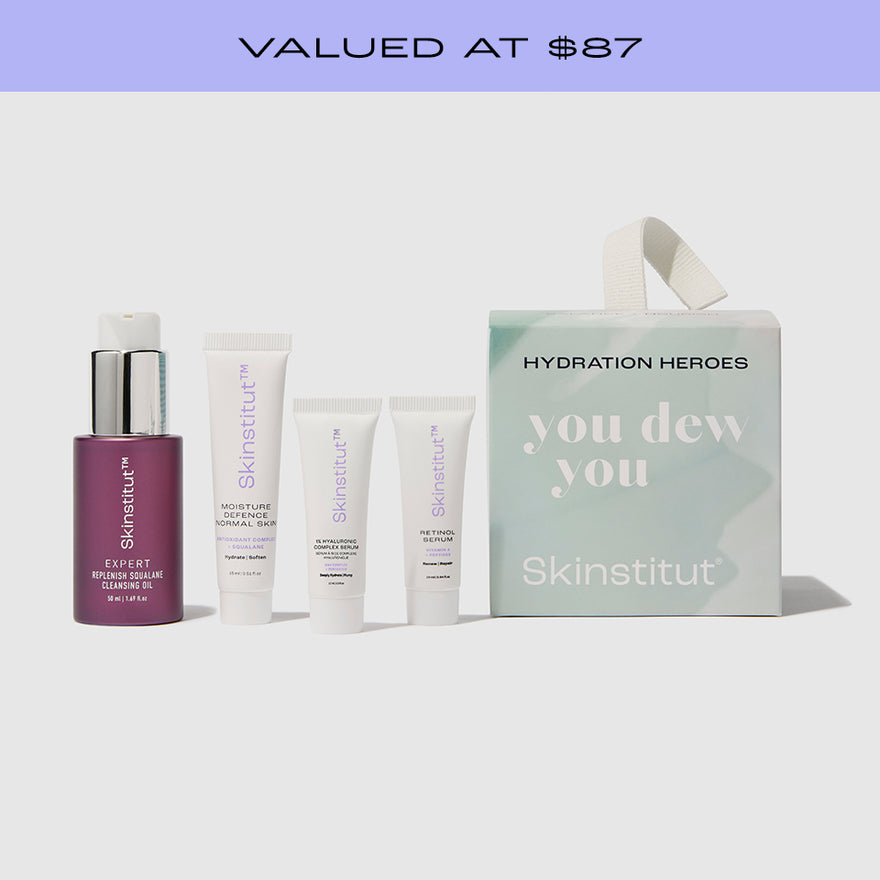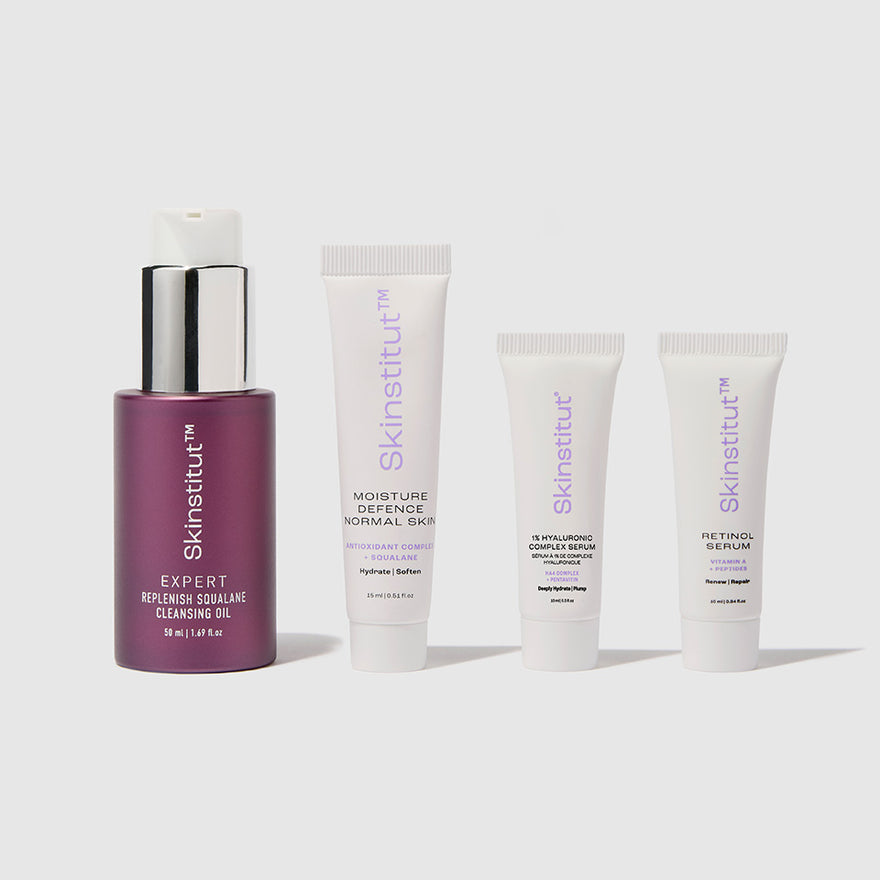- Shop All
- New Arrivals
- Bestsellers
-
Category
-
Regime
- Anti-Ageing
- Brightening
- Calming
-
Clearing
-
Skin Concern
-
Skin Type
-
Range
-
Gifts & Sets
Clearing

Achieve glowing skin with Skinstitut's range of best products for clear skin. Our treatments address blemishes, uneven skin tone, and dehydrated skin. Shop today.
19 products in "Regime - Clearing"
Best Products To Get Clear & Glowing Skin
Clear Congested Skin
What is congested skin?
When dead skin cells mingle with dirt, toxins, makeup and other impurities – topped off with overproduction of sebum – they create a kind of ‘debris’ that gets trapped in the skin’s pores. As a result, our overfilled pores produce whiteheads and blackheads. When a clogged pore becomes infected, a pimple is born. Congested skin can look and feel oily, rough, dull and even dirty.
What triggers breakouts?
Congested skin (and its consequent breakouts) is caused by overproduction of sebum. Sebum production is regulated by androgens. Acne-prone regions have higher levels of androgen receptors and increased local production of androgens within the sebaceous glands. Even a small increase in androgen levels (which can occur around menstruation) can trigger an outbreak.
Androgen levels can also be influenced by things such as medication and stress. It has also been suggested that high-glycemic index foods may increase androgen formation.
How to get clear skin
Curb overactive sebaceous glands with thorough cleansing and twice-weekly exfoliation. Seek out ingredients such as Retinol, which supports the desquamation process (prompting cellular renewal) and is both anti-inflammatory and anti-microbial. And Niacinamide, which helps balance sebum production, reduces the appearance of larger pores and supports healthy barrier function. Tea Tree Oil helps to unclog and purify pores, calm inflammation and reduce acne severity.
What is Acne?
Acne is essentially any type of congestion in the skin. It occurs when excess sebum (oil produced from the sebaceous glands) blocks the pores and then becomes a blackhead or whitehead. From there, it can develop into swollen, tender inflammations, pimples, or nodules (deeper lumps below the skin’s surface that are infected, inflamed, and often tender). There are many different types of acne and it most commonly appears on the face but you can also experience it on your body; on the back, shoulders, neck chest, buttocks, and upper arms.
What is the cause of acne?
There are myriad causes of acne and it can affect all skin types at different ages and life stages. Firstly, there’s the most obvious cause: excess oil, dirt and grime. Not cleansing your skin twice daily, not washing your hands, and frequently touching your face (and squeezing your pimples) will pretty much guarantee a breakout. Then there are contributing factors that we can’t necessarily control like genetics (thanks Mum and Dad) and times of emotional stress and anxiety (looking at you COVID-19). Hormonal acne is particularly common; periods of hormonal change like puberty, menstruation, pregnancy, and even menopause can cause breakouts and persistent acneic inflammation.
Best treatment of acne
Truly effective acne treatment can be a case of trial and error and there’s not always a fast fix. If you’re experiencing breakouts then we would normally recommend a consultation with an experienced dermal therapist to assess your skin and your lifestyle in order to custom prescribe the most effective course of action.
Tips to reduce congestion
- Wash your face thoroughly morning and night to remove excess sebum and grime with a cleanser suited to your skin type and condition
- Tune into how often you touch your face and try to do it less, as it easily transports grime and impurities straight to your skin.
- It might feel counterintuitive but keep your skin hydrated. Dehydrated skin can fuel inflammation, which in turn can exacerbate acne. Shop our hydrate collection for thirsty skin.
Best skin care products for acne
Now for some good news. There are plenty of clinically proven topical ingredients that can work to improve acne symptoms. In the spirit of sharing (and achieving skin health) we’ve compiled a few of our favourites:
Retinol: A derivative of Vitamin A, Retinol is a well-researched ingredient that’s proven to speed up cellular turnover. What it does is prevent a build-up of expired cells, reducing the likelihood of congestion, plus Retinol also brightens up the look of pesky post-inflammatory hyperpigmentation – those dark marks that linger after a particularly tricky breakout.
Try: Retinol Serum
This 1.25% encapsulated Retinol treatment also boasts peptides to improve skin strength, clarity and resilience.
Glycolic Acid: Glycolic Acid is an Alpha-Hydroxy Acid that dissolves the ‘glue’ holding dead skin cells together. With regular use, it kick-starts the desquamation – or skin-peeling – process, reducing the risk of clogged pores.
Try: Glycolic Scrub
Made with Glycolic Acid and biodegradable Silica beads, this hybrid chemical/ manual exfoliant works to refine and retexturise the skin.
Try: Expert Glycolic AHA Toner
This leave-on treatment combines a 5% Glycolic Acid concentration with Witch Hazel, Aloe Vera and Green Tea to exfoliate, brighten and smooth acne-prone skin.
Lactic Acid: Lactic Acid is another Alpha-Hydroxy Acid, but its molecular size is larger, meaning it works on the upper layers of the skin only. Because the effects aren’t as intense, it’s a great choice for acne suffers who also have sensitive skin.
Try: L-Lactic Cleanser
Gentle but effective, L-Lactic Cleanser sweeps away dirt, sebum and superficial skin cells to refine and rehydrate. With ongoing use, it will keep potentially pore-clogging debris away.
For even more acne tips, check out our Acne & Breakouts Collection — it details all the Skinstitut products and steps that are designed to reduce and improve persistent breakouts.
More on how to get clear skin – fast
HOW TO: BREAK UP WITH BREAKOUTS
THE SCIENCE BEHIND ACNE - AND HOW TO TREAT IT
HOW TO BALANCE YOUR MICROBIOME FOR CLEARER, CALMER SKIN
IS IT A PURGE, OR A BREAKOUT? HERE’S HOW TO TELL
DARE TO BARE: HOW TO NAIL THE NO-MAKEUP LOOK


